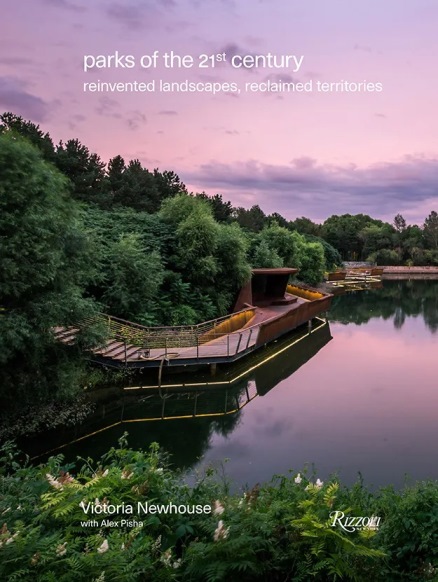In my 2002 book, The Restoration Economy, I (Storm Cunningham) devoted a few paragraphs to the potential of creating new public greenspace on degraded land. Who know that, just 20 years later, someone would write an entire book on the subject. That’s how much restorative development has grown in those two short decades.
And an excellent book it is.
On our heterogeneous planet, finding an overarching commonality between new parks around the world seems daunting.
Yet author and architectural historian Victoria Newhouse, along with Alex Pisha, argue in the new book Parks of the 21st Century: Reinvented Landscapes, Reclaimed Territories that there is one: the drive to create parks on post-industrial, degraded, or otherwise rejected land.
Think of the High Line, perhaps the park of greatest celebrity in this genre, which transformed an unused rail line into a highly visited destination in Manhattan.
With this success in mind, Newhouse and Pisha turn their attention to inventorying abandoned sites around the world—from closed highways to decommissioned airports, former industrial sites to defunct quarries—that now constitute the flourishing parks.
Making parks in underused, depleted, or contaminated land is not new. To name but two 19th-century examples: Paris’ Parc des Buttes Chaumont was once a quarry, and Boston’s Emerald Necklace a sewage-filled swamp.
However, Newhouse maintains that the emergence of the environmental movement, the rise of a newly post-industrial society, and the depletion of public space accelerated this trend.
And unlike parks of earlier centuries that sought to create sanctuary distinctly delineated from their city, all of the volume’s selected parks merge with their urban environments.
See full book review by Grace Mitchell Tada on the ASLA website.

